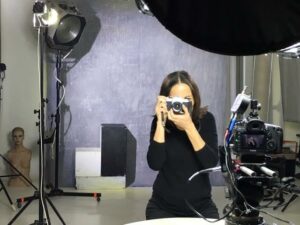There’s something unique and seemingly magic about black and white photographs, which, in any era, can be seen as timeless.
White is pure light and black is the absence of light.
Focusing on a subject by eliminating the distractions of color, black and white photos create interest through grey shades, tones and contrast. When shooting in black and white, a photographer can use shades of grey, intensity of light and shadow, shapes, tone, contrast, texture and composition to suggest, rather than show a desired message or emotion.
When limited to only white, greys and black to create an image, the photographer cannot hide behind sparkly colors and effects. Black and white also eliminates distracting color that could otherwise subtly shift the viewer’s attention away from what matters.
Light, pattern and form
Black and white photography is not so much about what the subject is but how you see it. Shooting in black and white, a photographer concentrates on contrast, shadow, light, pattern and form. Mastering these aspects attains depth within an image. The clash or rupture of white on black or black on white can also create a remarkable image, isolating a subject and emphasizing a surreal moment or situation.
Shapes, forms, and lines, like those in architecture, are also great subjects for black and white photography. With a strong light, dark contrasts and a simple subject, a black and white image can have a more exceptional impact than if it were shot in color, where there would be too many distractions.
Black and white Inspirations

It’s breathtaking how master photographers like Ansel Adams have been able to express such powerful emotion through seemingly simple and minimalistic but such incredibly compelling images. He perfectly incorporates monotonic palettes of light to convey his inner visions and emotions creating the most beautiful black and white landscapes ever taken.
American photographer Sally Mann was a huge inspiration to me in my early photography, not only for her exquisite black and white technic but also the subject matter and the authentic feel of her photos.
Sally Mann’s images of her own children are so unique, raw, mysterious, and familiar. Her black and white photography inspired me to shoot my own intimate life, my children and subjects which moved me.
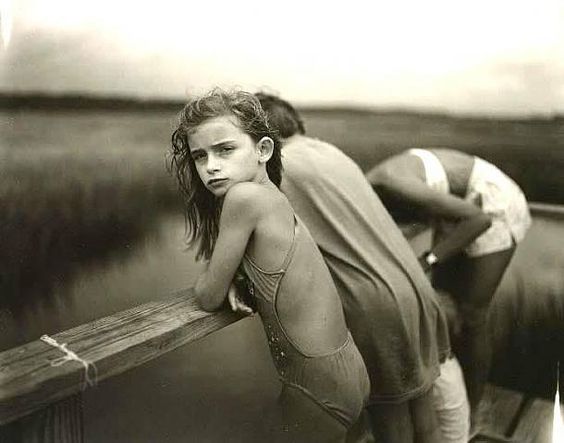
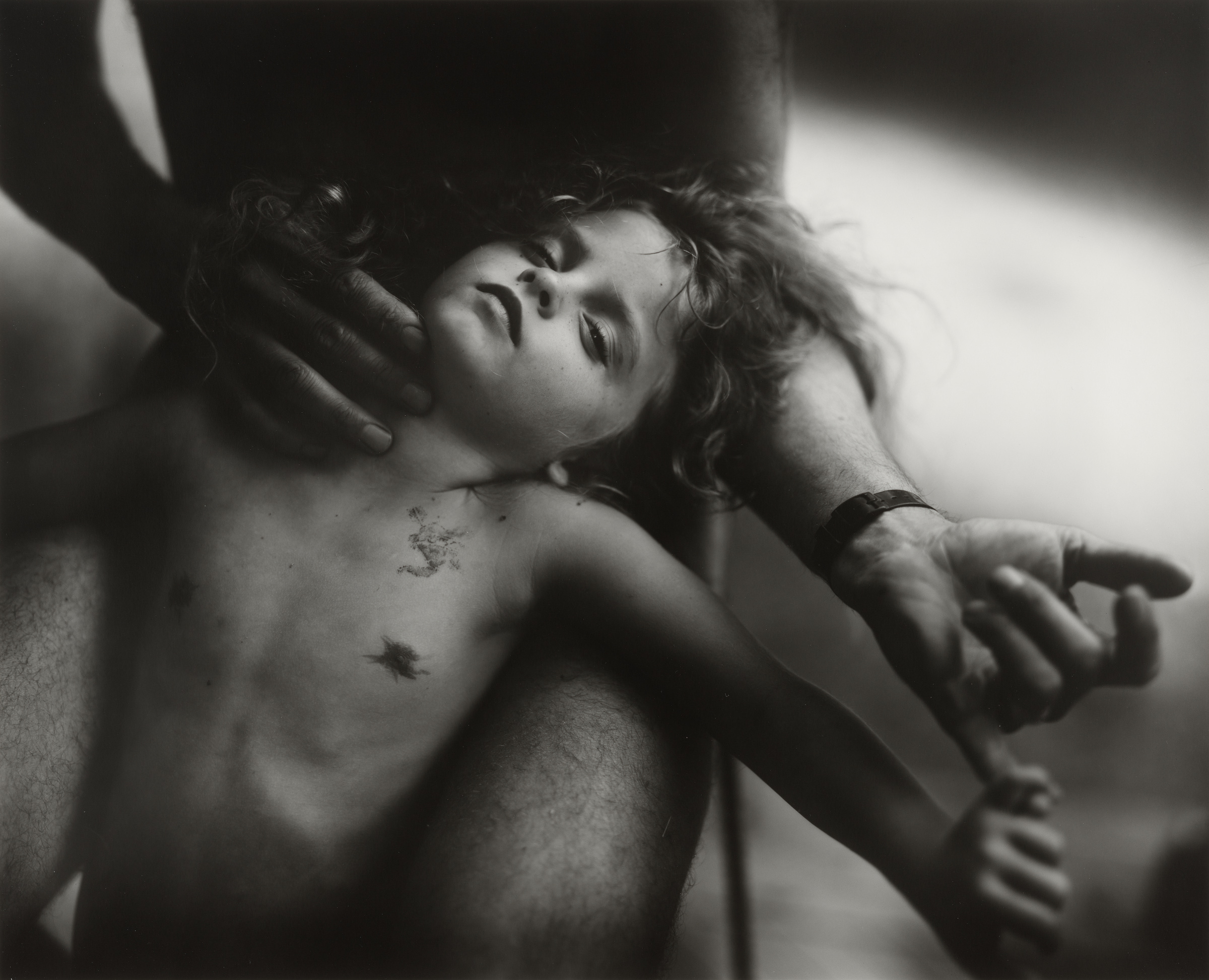
“I wanted to record every moment, never bored of observing and capturing my own intimate universe”
After having modeled internationally for several years, I became a young mother whilst launching into professional photography. I naturally took loads of photos of my 2 daughters. I wanted to record every moment, never bored of observing and capturing my own universe. I almost always shot initially in black and white. It somehow feels more journalistic and intimate than color photography. I still revert to black and white photography for documenting people and places or recording intimate moments. Today I still feel that mysterious , anything can happen sensation that to me is particulier to black and white photography.
My black and white film technics
When I first began film photography over 30 years ago, I mainly shot in black and white to practice the technical aspects of photography. I printed my images in a homemade lab. This was a great way to study my many mistakes and experiment with different types of film. I particularly liked shooting with Ilford HPplus 400 or Kodak T-Max 400 for contrast, but fine, sharp images. I later experimented in cross processing color film, then printed in black and white for a very contrast deep grainy effect. I especially liked using this technic for shooting portraits.
Trends 2022...Black and white or color?
Although methods for photographing in color emerged slowly starting in the 1850s, black and white, or monochrome imagery, dominated photography until the mid–twentieth century.
Over the last two decades, digital photography has gradually overtaken the image world. This transition has allowed a vast range of image manipulation, thus inciting not only professionals photographers to express themselves but anyone using a digital camera.
This photo democratization has opened doors to a new generation of photographers, perhaps at times less technical and image-cultivated, but who are expressing great contemporary ideas and visions. Many of today’s digital photographers shoot in color and then convert their images to black and white. This procedure is fine for basic commercial photography, the focus being on the product, but many subtle, underlying aspects of an image can easily be discarded. When using in-camera conversion presets to shoot black and white, you get a result the way the camera interprets. A professional photographer will preview the desired black and white result in his/her mind and adjust the camera mesures before shooting. This ensures the resulting image is neutral enough to then be manipulated as desired with a minimum of image deterioration in post production.
If you shoot with a digital camera, predefined b&w/color manipulations are available in the camera presets. A photographer can use these presets to convert an image into a consensual style of black & white, but you are then always slave to your camera’s presets.
Black and white artists today
Black and white photography remains a powerful vector for evoking emotion, documenting contemporary issues and poetically getting straight to the point. Whether shooting film or digital photography, when you eliminate color, a photo becomes more of an artistic interpretation. So it seems that many artists choose to use black and white for aesthetic but also emotional reasons.
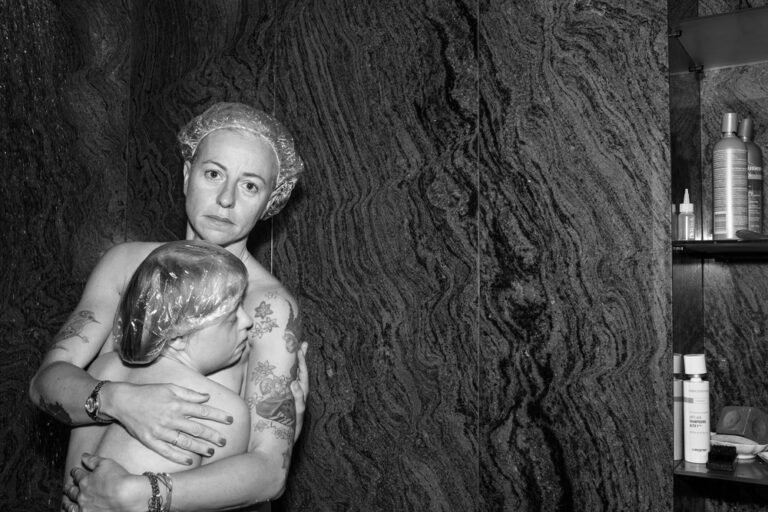
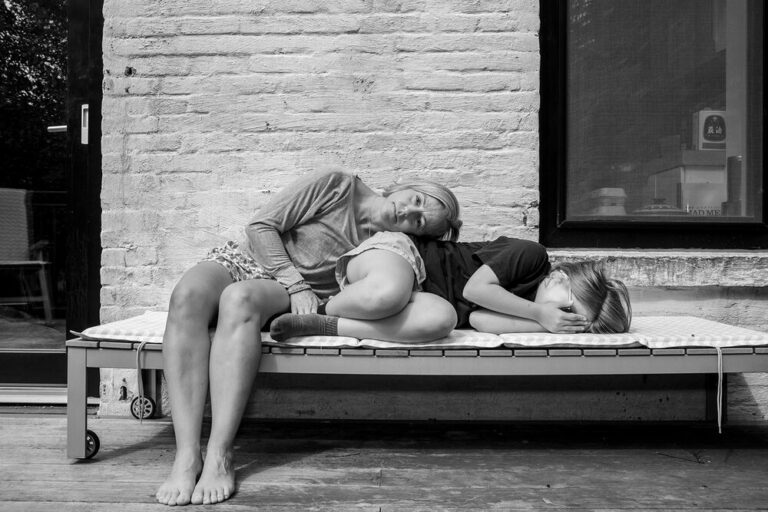
An example of black and white photography in this a direct narrative form is the work of French-born visual artist Anna Grevenitis, who, like Sally Mann, uses her home as a stage, documenting her intimate emotions in an almost unreal environment, all the while conveying an uncomfortable, very real and violent message, as in the project REGARD where she sensibilises her public to the trials of parenting a child with down syndrome.
Although many people insist that it’s not the medium employed (ie. film or digital) which makes the image, I believe photography connoisseurs would all agree that an excellent black and white film photograph simply takes it to another level !


